
Until recently, summer residents and villagers quietly dispensed with chainsaws, sawing the required variety of hand tools. The gasoline chain saw was a kind of prerogative of professionals (for example, loggers). However, now any self-respecting owner of a country house has it in his Arsenal.
Manufacturers and sellers of chain saws even have a classification that divides tools into professional and household. And then there were also Amateur, budget, universal, semi-professional, farm, felling… And – “Chinese”.
But not all neophytes, having become owners of the tool, are ready to use it correctly and carry out comprehensive care for it.
Everyone chooses for themselves
As with mowers and lawn mowers (as, indeed, with the rest of the garden assistants), the first task facing the consumer is to choose the appropriate tool, made with a full understanding of the upcoming work and operating conditions.

From all the variety of categories offered, the most logical division is into professional, semi-professional and household tools. The fundamental difference is the ability to work continuously.
- The professional tool is ready to work full – time daily for several years.
- Household chainsaws have a motor life of about 500 hours — which means that with a load of 20 hours per month, the chainsaw will last you about two years. And Yes, one-time continuous operation is limited to 40-60 minutes.
- Semi-professional people occupy an intermediate position. Their motor life is twice as high as household ones, and professionals often use them as an additional tool (for example, for cutting branches). They can be used continuously for several hours with small breaks between refueling.
In addition to different operating times (one-time and full), chainsaws, of course, differ from each other in power, the ability to use different versions of the saw headsets, fuel efficiency, weight and price.

If you do not plan to hire a team of loggers, but only think to cut down a couple of not too large trees on the site, prune branches, prepare firewood for the barbecue and build a small wooden structure such as a shed or gazebo, there is no need to chase a good professional tool: a household chainsaw will cope with this load.
A semi-professional class saw (or, as it is also called, a farmer’s saw) is useful in the household of a villager who, for example, has stove heating and an appropriate amount of firewood for the winter.
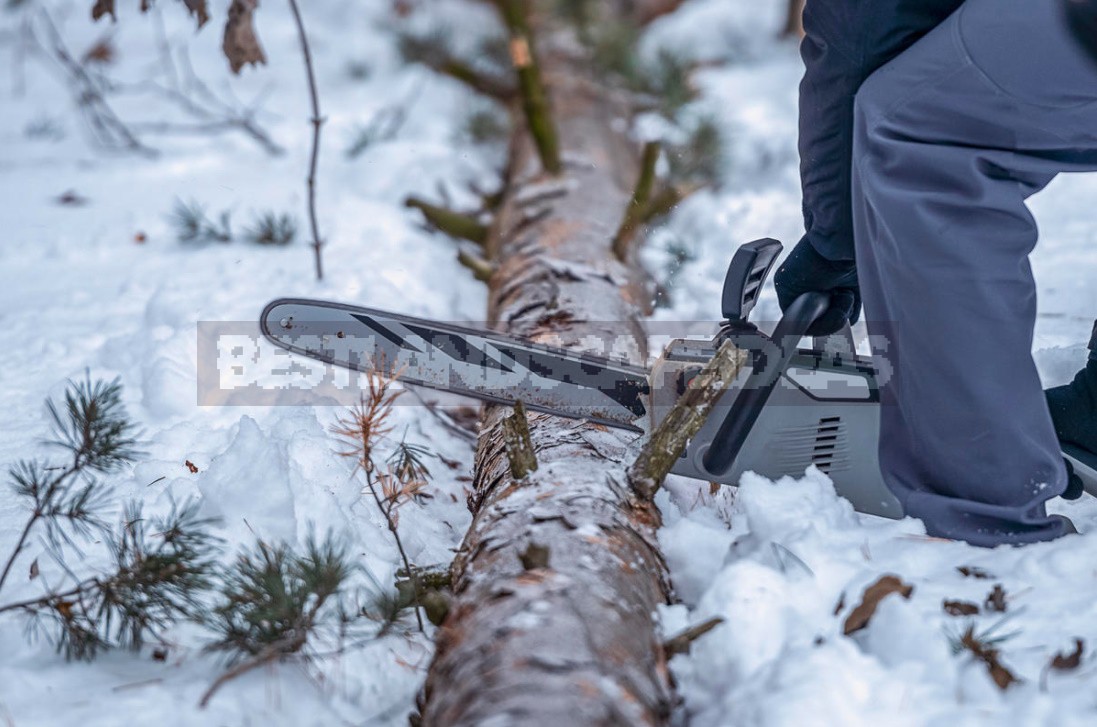
You also need to take into account the season when you mainly plan to use a chainsaw: for sawing frozen wood, it is better to choose a more powerful one. Well, professionals are already well aware of what tool is best for them.
Everyone gets what they deserve
The manufacturer equips his tool with a saw headpiece-a tire and a chain-in strict dependence on the technical parameters of the unit. But since the cutting element and its guide are consumables, after some time you will need to buy to replace the worn ones. In budget models, to reduce the price, the saw headset is often set to default-its service life is even less. You should carefully read the instructions before buying a tire and chain yourself.
Tire: size matters
An inexperienced user wants to put a longer tire, because it will certainly allow you to saw large trunks. This is an error: the longer the tire, the more resistance it exerts to the engine’s crankshaft torque.
Too long a tire on a low-power chainsaw will not increase the efficiency of sawing, but only create an extra load on the engine, the drive sprocket and the tire itself. This is a sure way to wear them out prematurely. And also on the hands of the operator — you will need to make more effort. Well, you’ll use up more fuel.
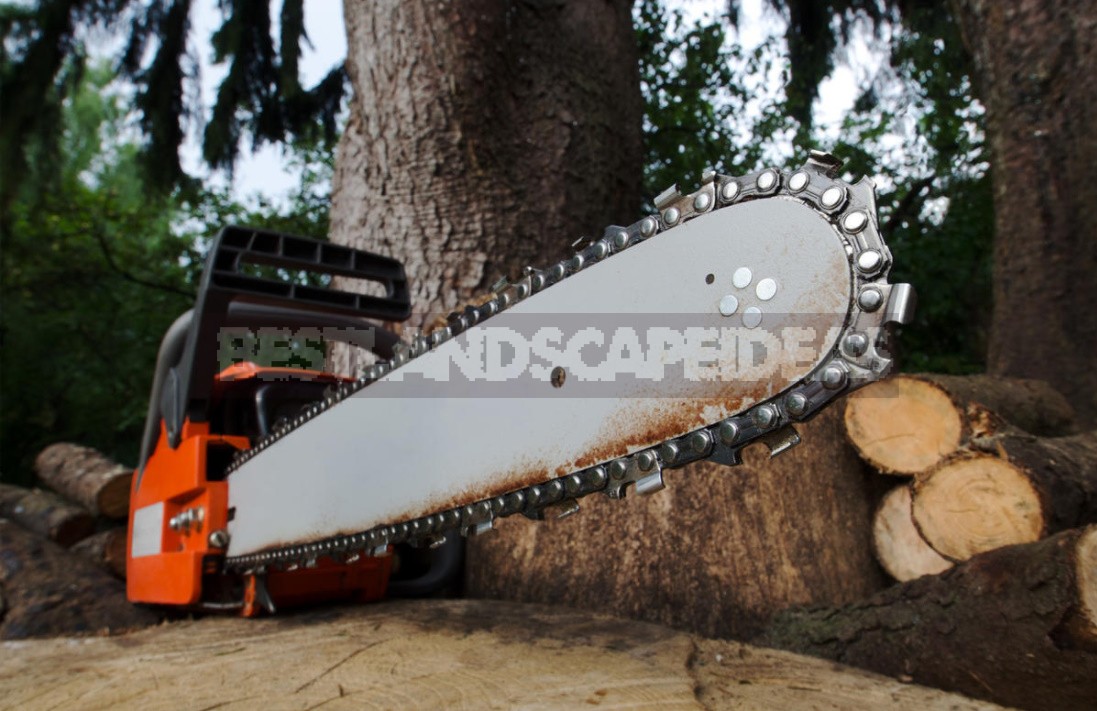
In the instructions, what is the maximum tire size suitable to your chainsaw. You can use a shorter blade, but do not exceed the manufacturer’s recommendations. Although users often choose larger sizes, apparently considering their own appearance with such a saw more brutal. And the market was not slow to react. As in advertising: “we know people, we offer solutions” – budget models of no-name brands are often equipped with a longer tire than models with similar parameters from well-known manufacturers.
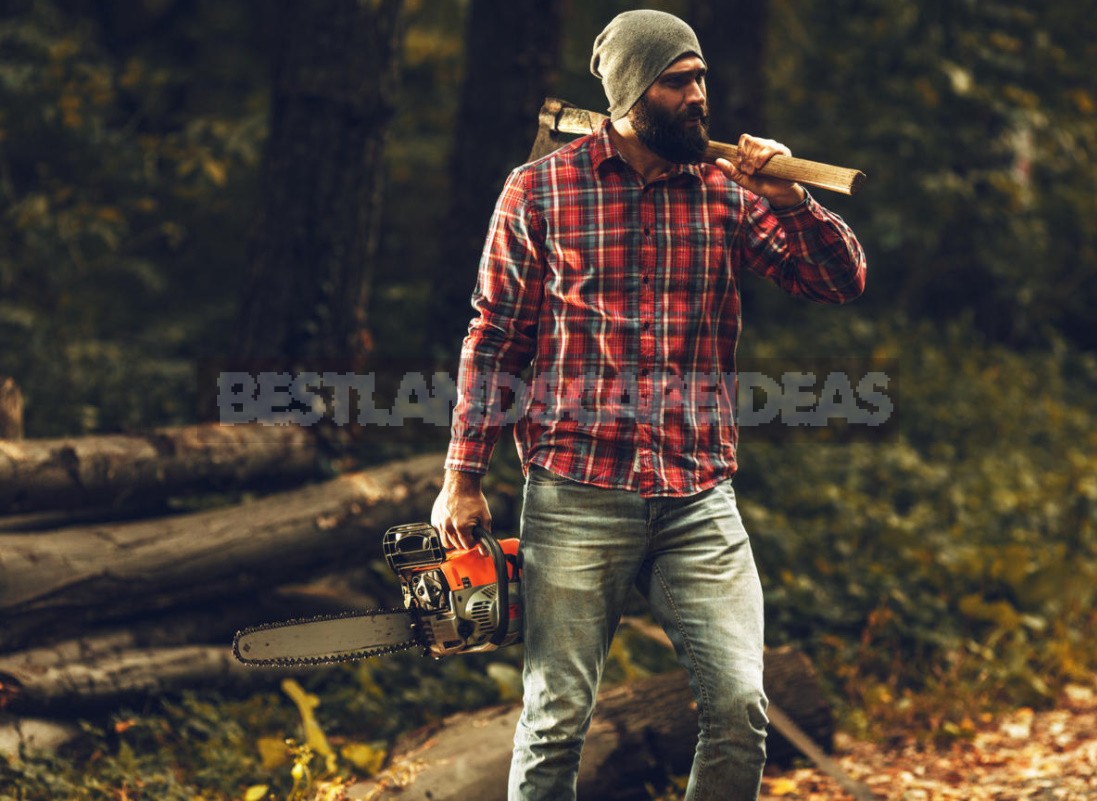
For household saws, the appropriate tire length is 30-40 cm (12-16 inches). More powerful ones can carry equipment up to 75 cm, and units used by professionals can be equipped with a tire up to one and a half meters long. So, if you want to look like a real canadian lumberjack, you will have to buy not only a checkered flannel shirt,but also a more powerful saw.
When choosing a saw head, pay attention not only to its length, but also to the width and shape of the tire sock. Narrow tires are specially designed for household saws, they reduce the possibility of backstroke when the sock is immersed in wood. The wide toe of the tire is convenient for tasks of increased complexity and in the work of professionals.
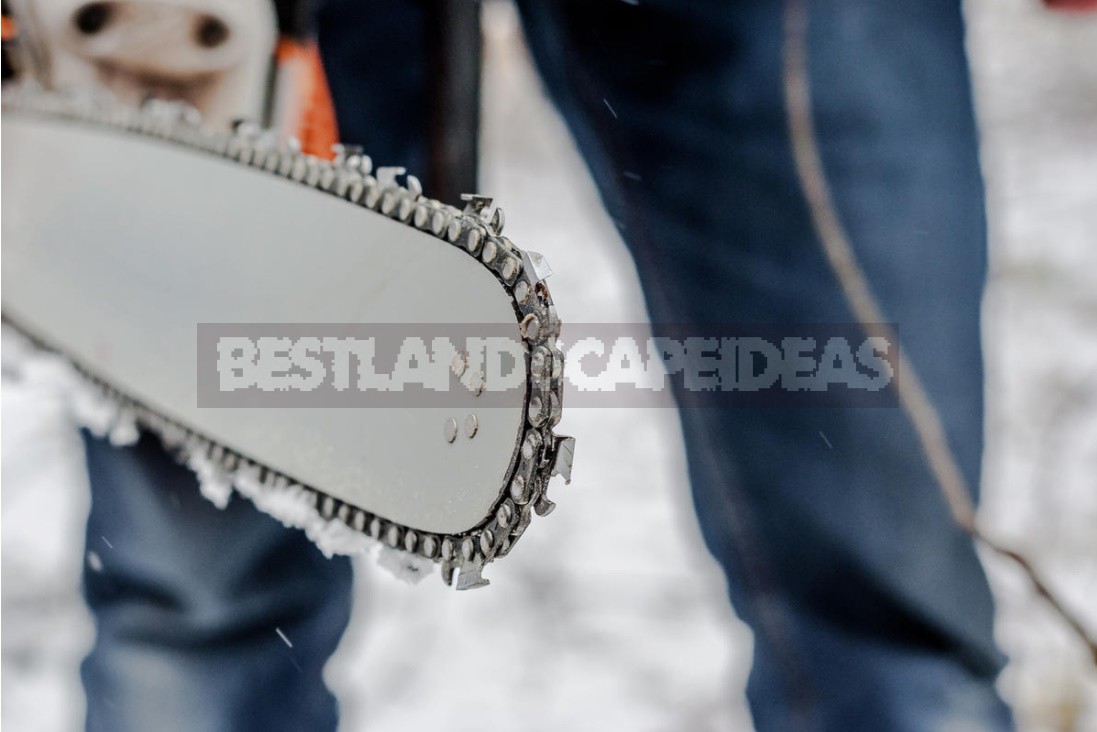
The width of the chain guide slot is also important. For household saws, tires are mainly used with a slot width of 1.1 or 1.3 mm. The headset for professional tools has a wider slot, 1.5-2 mm. Mismatch of the chain shank (leading link) to the groove may cause damage to the tire or the chain to slip off when sawing.
Which chain is correct
The choice of the chain itself also has features. The most important indicators are the length, thickness of the leading link (shank) and the pitch of the links. These parameters are combined in various ways and affect the cutting speed and quality.
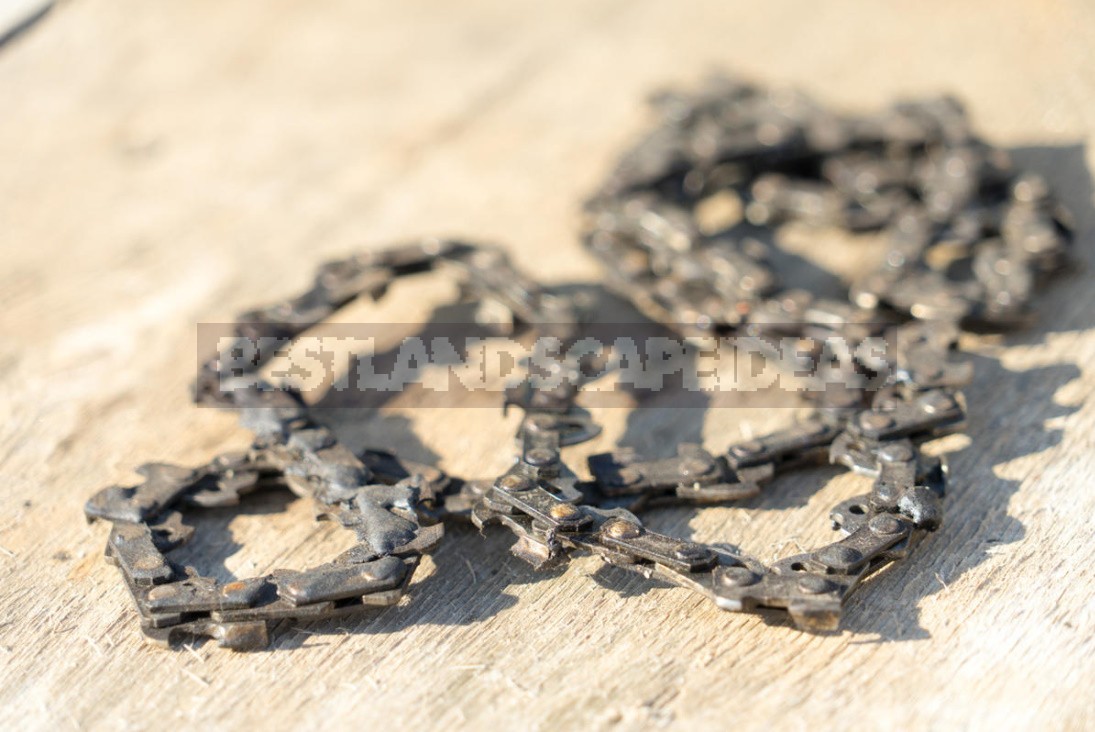
The chain parameters (number of links, thickness, and pitch) are closely related to the saw device (drive sprocket), tire length, driven sprocket, and slot width. Therefore, carefully read the instructions before buying: if any of the parameters of the chain does not match the size of the tire and the design of the gasoline unit itself, you may simply not be able to install the chain.

Saw chains are also divided according to the principle “for household” and “for professional”. We have already discussed the “professional” length and thickness above. Chain step — the distance between adjacent working links. The larger it is, the higher the performance of the chain: the cutting teeth cut deeper into the wood. But naturally, the load on the drive — the leading sprocket-increases, and more power is required to stretch the chain in the cut material. The smaller the pitch, the lower the speed of sawing, but the higher the accuracy of sawing. This can be important for those who use a chainsaw for construction, or sculptors.
For household chainsaws with an engine capacity of 40-50 cm3 and a power of up to 3.5 HP, chains with a small pitch of 0.325 inches are used.
What else should I pay attention to when choosing a chain?
- The shape of the cutting tooth is chipper (in the form of a sickle) and chisel (in the form of the number 7). For household saws, chains with teeth of the first type are most common.
- The order of the links is standard (for each cutting tooth there are two leading ones), with a half-pass (every third link is replaced with a connecting one), with a pass (every second cutting link is replaced with a connecting one). Chains with a pass are cheaper, but have lower performance and wear out faster.
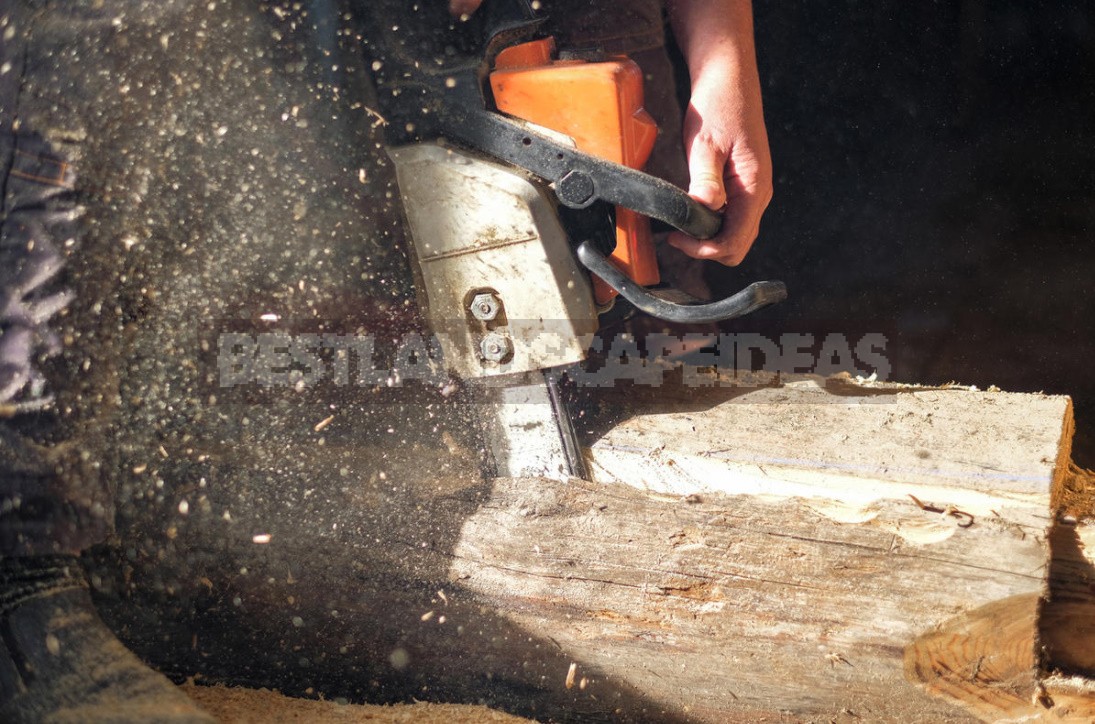
- The height of the cutting tooth profile, which is determined by the difference between the cutting edge and the height of the cutting limiter. It is responsible for the cutting depth. In household chainsaws, low-profile chains are most often used. In semi-professional ones, both can be used. A high profile increases the cutting speed, but causes increased vibrations.
- The longitudinal and transverse type of saw differs in the angle of sharpening of the cutting edge of the tooth. Sawing “on fibers” is more labor-intensive. For longitudinal sawing, use chains with a sharper angle of attack of the cutting surface of the links-5-15º. The working chain links for the cross saw are sharpened at an angle of 25-30°. Using the wrong chain will lead to a sharp increase in vibration and reduced handling of the saw — and, as a result, an increased load on the engine (when sawing along the chain with a cross-saw sharpening) and a significant reduction in performance in the opposite case.
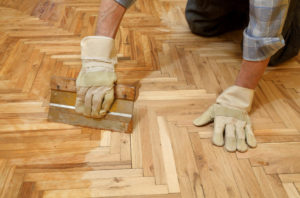



Leave a Reply